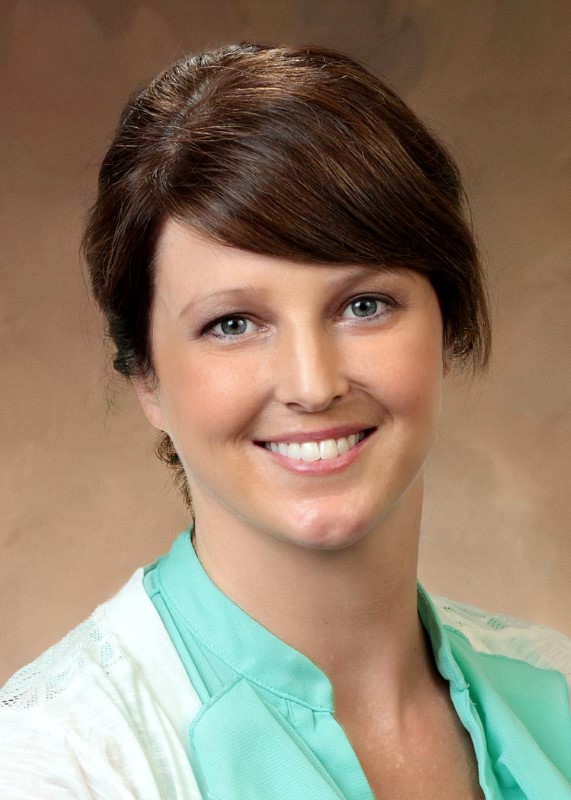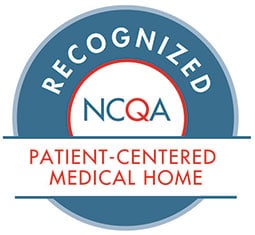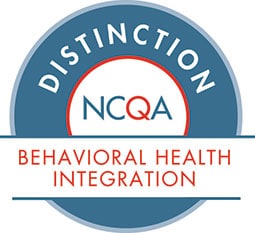Winter Blues?

Rhiannon Moore, MA, PSYD | Licensed Psychologist Assistant | Behavioral Healthcare Director
Post written by Rhiannon Moore, MA, PSYD
Licensed Psychologist
Assistant Behavioral Healthcare Director
The fall and winter months can be riddled with stressors. Holidays, financial strain, inclement weather, changing work and school schedules, cold and flu season, final exams, and family demands and conflicts.
Grief and loss can also be especially difficult during this time of year and physical pain can be exacerbated by cold or damp weather. As a result, many people may experience changes to mood, sleep, appetite, and/or interactions with others to some degree during this chaotic time of year.
However, some people experience symptoms that are more severe, more impairing, and longer lasting. These people may have a form of Major Depressive Disorder commonly known as Seasonal Affective Disorder (SAD).
Common symptoms of SAD include depressed mood, sleeping more or less than normal, appetite and/or weight changes, anxiety, fatigue, irritability, low energy, social isolation, and/or difficulty concentrating.
In more severe cases, individuals may experience thoughts of suicide or self-harm. People experiencing SAD will notice symptoms which persist for at least two weeks at a time and lead to difficulty in various areas of living including work, school, positive socialization and relationships, hygiene, family or financial responsibilities, and/or physical and medical care.
Individuals with true SAD will experience a pattern of symptoms recurring during particular times of year (most commonly in fall/winter) and resolving as the weather changes (typically in spring/summer) for several years.
Teens experiencing SAD may appear more irritable, argumentative, or withdrawn. This irritability can have a negative impact on family and social relationships. Focusing/concentrating may become more difficult which can impair school performance and worsen mood.
Low energy and fatigue can make it harder to socialize with friends and/or participate in work or extracurricular activities such as sports or clubs. Additionally, because teens are more likely to have poorer sleep habits in general, mood fluctuations can be more extreme as a result of inadequate sleep.
Like other forms of depression, SAD has multiple contributing factors. SAD is associated with decreased exposure to sunlight during the colder fall and winter months. This limited exposure disrupts the brain’s production of melatonin, a chemical essential in regulating sleep.
 As sleep quality and quantity decline, symptoms can worsen. Lower Vitamin D and serotonin (a neurotransmitter associated with depression) levels from reduced sun exposure also play a role in SAD.
As sleep quality and quantity decline, symptoms can worsen. Lower Vitamin D and serotonin (a neurotransmitter associated with depression) levels from reduced sun exposure also play a role in SAD.
Environmental factors (i.e. increased stress) and genetics may also contribute in some cases. People most at risk for experiencing SAD are those with a personal or family history of depression.
If you think you or someone you know may be experiencing SAD (or any other mental illness), there are steps you can take.
If thoughts of suicide or self-harm are present, seek immediate attention by calling 9-1-1, using the National Suicide Prevention Lifeline (1-800-273-8255), or visiting a medical provider or therapist.
It is always beneficial to schedule a medical appointment to rule out physical factors (such as thyroid conditions, menopause/perimenopause, diabetes, et cetera) which may be contributing to or causing symptoms.
Additionally, it is not uncommon for symptoms of other depressive and mood disorders to worsen in response to stressors or weather patterns. As a result, it is important to distinguish SAD from other types of mental illness by visiting with a psychiatric specialist.
For SAD specifically, “Happy Lights” mimic sunlight and can relieve/reduce symptoms in 50 to 80 percent of people. These lights can be purchased without a prescription. Antidepressant medications and therapy should also be considered. As with other forms of depression, self-care and coping strategies are important for managing symptoms and potentially preventing onset/relapse.
Because physical and emotional wellness are so closely related, people experiencing SAD can benefit from efforts to regulate sleep, improve nutrition and get regular physical activity.
Engaging in positive/meaningful activities and developing a strong social support network can also be helpful. Visit this link for some coping skills.
Some people find it beneficial to set weekly goals (“baby steps”) toward changes related to diet, sleep, exercise, and positive socialization.
Here are some resources:






